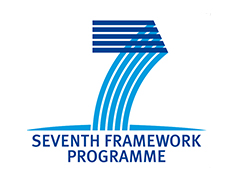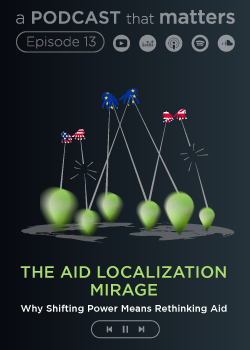Print

Enhancing and Tuning Electroluminescence with Nanoantennas: EN-LUMINATE
Details
Locations:Germany
Start Date:Dec 1, 2012
End Date:Nov 30, 2017
Contract value: EUR 1,496,684
Sectors: Research, Science & Innovation
Description
Programme(s): FP7-IDEAS-ERC - Specific programme: "Ideas" implementing the Seventh Framework Programme of the European Community for research, technological development and demonstration activities (2007 to 2013)
Topic(s): ERC-SG-PE4 - ERC Starting Grant - Physical and Analytical Chemical sciences
Call for proposal: ERC-2012-StG_20111012
Funding Scheme: ERC-SG - ERC Starting Grant
Grant agreement ID: 306298
Objective: Being able to enhance and tune the interaction of a light wave with a molecule or nanoparticle on a fundamental level opens up an exciting range of applications such as more efficient solar cells, more sensitive photon detectors and brighter emitters for lighting applications. Nanoplasmonics promises to offer this level of control. Taking the current knowledge on nanoantennas a step further we will integrate them in organic and carbon-nanotube light-emitting devices to improve and tune their emission in unprecedented ways. As our testing platform we will use light-emitting field-effect transistors (LEFETs). Their planar structure, where the light emission zone can be positioned at any point allows for easy and controlled incorporation of plasmonic structures without interfering with charge transport. LEFETs can be made from a wide range of semiconducting materials. We will apply nanoantennas in LEFETs to 1) Enhance electroluminescence of high mobility organic semiconductors 2) Tune excitation decay and transition selection rules in organic semiconductors and 3) Enhance photo- and electroluminescence of single-walled carbon nanotubes. All of these materials offer high carrier mobilities and therefore high currents but have very low fluorescence efficiencies that can be improved substantially by nanoantennas. We will study the influence of nanoantennas on the fundamental emission properties of these different types of emitters. At the same time we will improve their efficiency in light-emitting devices and thus enable new and innovative applications.
